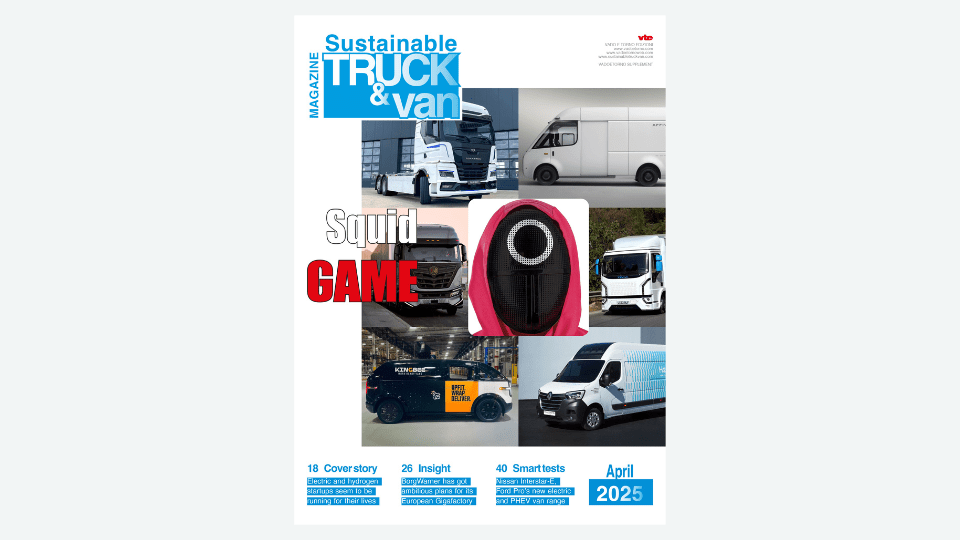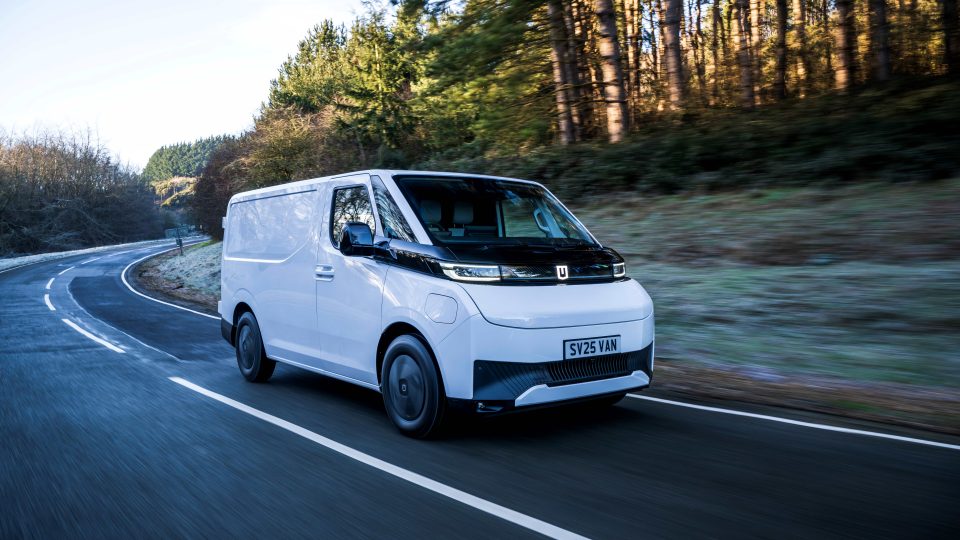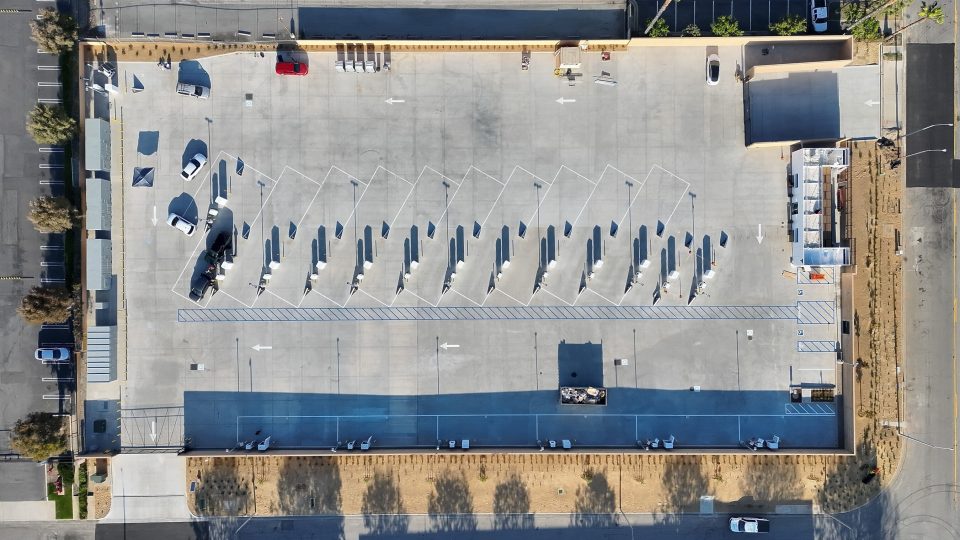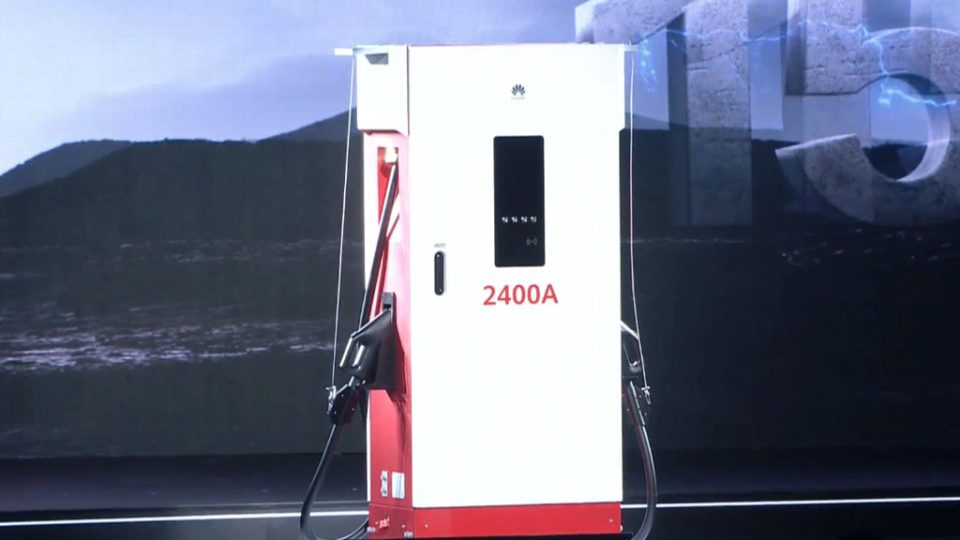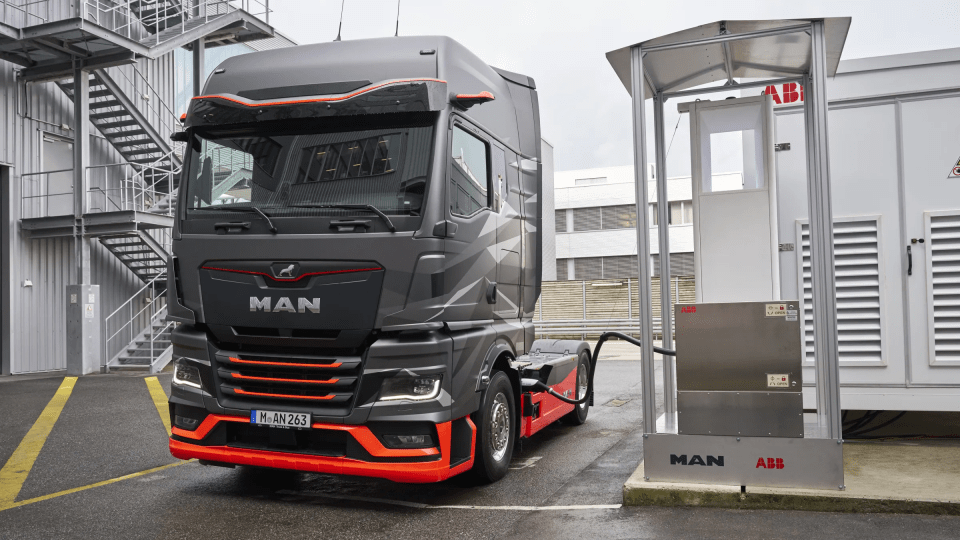U.S. company SSA Marine chose Rocsys autonomous charging system for its yard tractors
Rocsys will supply ROC-1 autonomous charging systems, which will autonomously charge part of the electric yard tractor fleet of SSA Marine at the International Container Terminal at the Port of Oakland. In fact, the ROC-1 system work with high power DC charging stations that use a CCS-1 charging connector, offering capability to autonomously charge the vehicles from existing charging supply equipment.
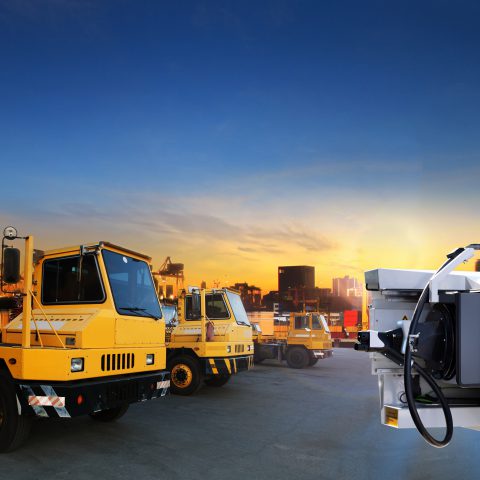
Dutch autonomous charging system specialist Rocsys will provide U.S.-based marine terminal operator SSA Marine with its innovative charging solutions (here’s something more about Rocsys). These are addressed to SSA Marine‘s electric yard tractor fleet at the port of Oakland, in San Francisco Bay, California.
Rocsys’ ROC-1 autonomous charging systems
Rocsys will supply ROC-1 autonomous charging systems, which will autonomously charge part of the electric yard tractor fleet of SSA Marine at the International Container Terminal at the Port of Oakland. In fact, the ROC-1 system work with high power DC charging stations that use a CCS-1 charging connector, offering capability to autonomously charge the vehicles from existing charging supply equipment. As yard tractors are equipped with an industry-standard CCS-1 inlet, the Rocsys solution provides a very simple solution to make charging autonomous. Rocsys also provides their own developed Automated Charge Port Cover that will automatically open and close, enabling a fully autonomous charging experience.
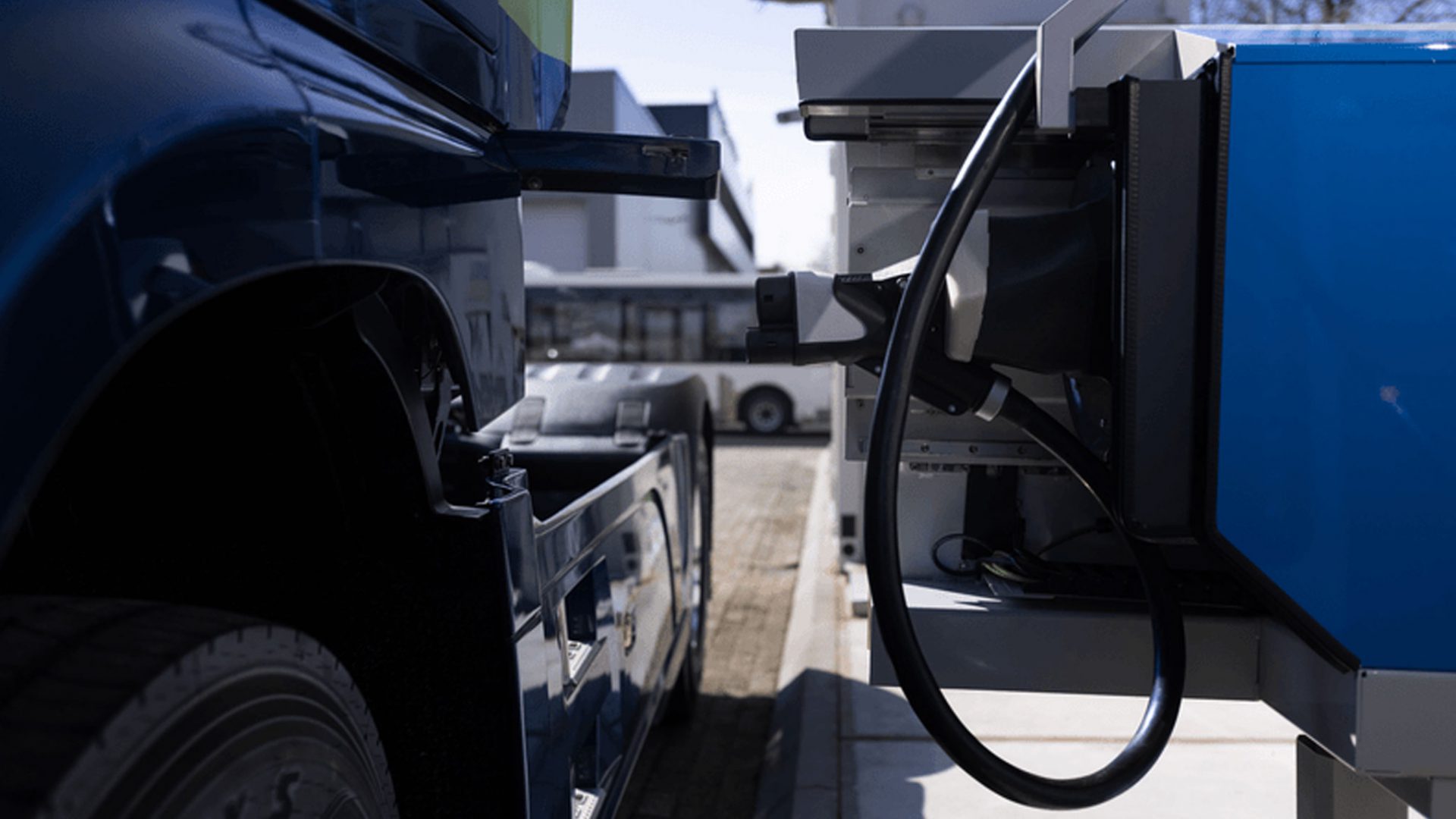
The project is funded in part by a $50 million grant from the California Air Resources Board to the Port of Long Beach to fund zero and near-zero equipment and vessels at three California ports. The Sustainable Terminals Accelerating Regional Transformation (START) project will deploy over 100 pieces of zero-emission terminal equipment and port drayage trucks in Long Beach, Stockton, and Oakland. START is funded through California Climate Investments.
«Expand fleet electrification in a scalable way»
CEO of Rocsys, Crijn Bouman (here’s our interview with him) commented: «Last year we opened our first office in North America in Portland, Oregon, and built a highly skilled technical team to support our US customers closely. Delivering such an inspiring project within that first year is a testament to our ability to respond to customer needs and deliver on their vision for sustainability. We look forward to enabling SSA Marine to expand the electrification of their fleets in a scalable way».



